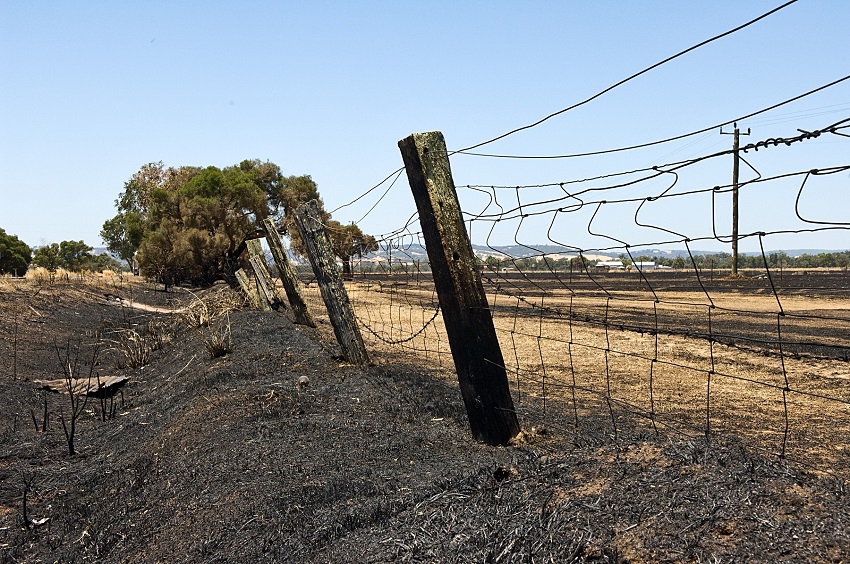
Landholders in the Grainbelt are reminded to protect paddocks from the risk of soil erosion, as the long hot summer continues.
There have been reports of wind erosion from across the region, with fire affected areas particularly vulnerable to losing valuable topsoil.
The Department of Primary Industries and Regional Development (DPIRD) has a range of information to mitigate the risk on its Season 2022 webpages and its Bushfire Recovery Advice webpage.
Department senior research scientist Paul Findlater said the aim at this time of the year was to minimise soil disturbance and the risk of soil particles becoming airborne.
Mr Findlater said this was particularly important for areas with low cover as a result of fire and urged landholders to keep livestock off paddocks and avoid disturbing the soil with machinery.
“While there is little landholders can do at this time of year, it is important to maintain good paddock management practices to maintain as much groundcover or stable soil as possible,” he said.
“Protecting topsoil will also help to improve paddock productivity and profitability for the growing season ahead.
“The goal is to have at least 50 per cent groundcover, of which about 30 per cent should be anchored.
“This means reviewing stock numbers, limiting the movement of vehicles and protecting areas that could lead to soil blowouts, such as sheep camps, around gateways and laneways.”
Stock management to preserve groundcover can include confinement feeding, feedlotting, agistment or selling stock before paddocks and stock lose condition, alongside careful feed budgeting.
“Landholders with burnt or eroded areas are encouraged to delay spraying summer weeds on those areas until there is about 50 per cent coverage, as the weeds will help to stabilise the soil,” Mr Findlater said.
“If rainfall occurs, there may be an opportunity to sow a cover crop, while germinating crop crowns or good pasture roots may provide protection.”
Landholders with fire debris and ash in paddocks might be able to reduce contamination of dam water by erecting a barrier, such as straw bales.
Mr Findlater said with widespread heavy stubbles throughout the Grainbelt, it was important to maintain adequate groundcover as the 2022 growing season approached.
“There are options detailed on our website to assist landholders to manage heavy stubbles,” he said.
“Landholders are also advised to delay soil disturbance, such as mouldboard ploughing, until it rains to reduce the risk for erosion, improve efficiencies and agronomic responses.”
Wind erosion is a form of land degradation under the Soil and Land Conservation Act, for which in severe cases and after consideration of the circumstances, the Commissioner of Soil and Land Conservation can issue a Soil Conservation Notice.
The department’s Season 2022 webpages and its Bushfire Recovery Advice webpage can be accessed via its homepage www.agric.wa.gov.au.
Picture: DPIRD has a wealth of information on its website to assist farmers with fire affected areas and paddocks with low levels of groundcover to reduce the risk of erosion.
Media contacts:
Megan Broad/Katrina Bowers, media liaison +61 (0)8 9368 3937


